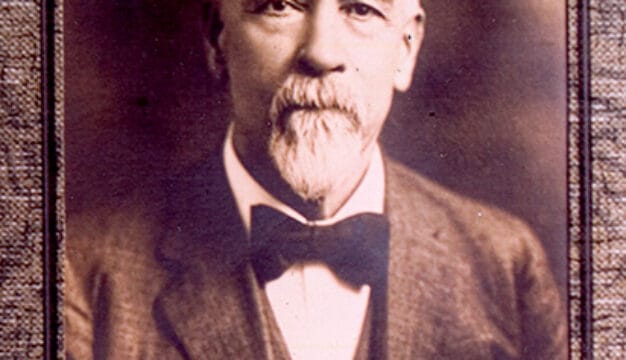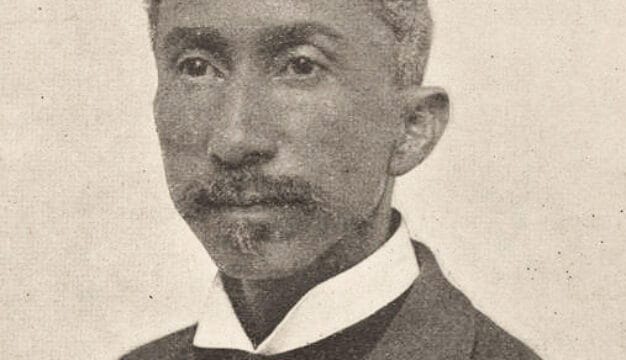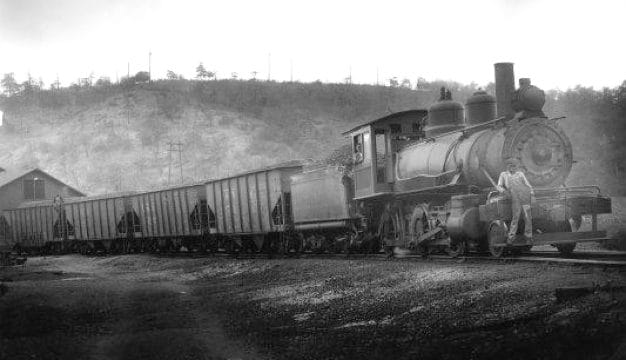Eufaula Regency
The secessionist faction known as the “Eufaula Regency” was among the first and most vocal groups in the South to advocate secession as a viable political option over the issue of slavery. An informal group rather than an official organization, the Regency was comprised of young, wealthy lawyers who practiced in Eufaula or nearby Clayton, both in Barbour County. Its main activities were to keep threats to slavery under discussion in the pages of the Spirit of the South (the Eufaula newspaper controlled by Regency members), back likeminded candidates for political office, and promote the expansion of slavery to counter perceived threats that might limit it.
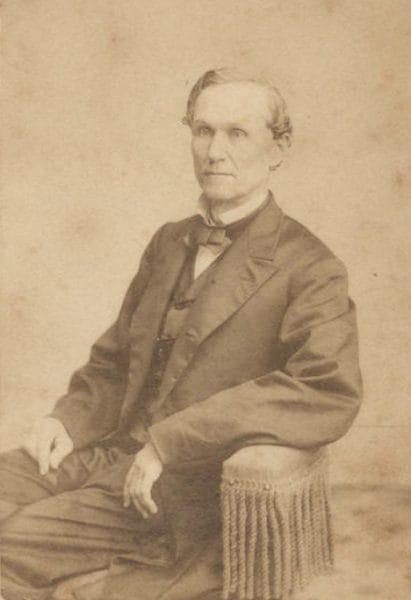 John Gill Shorter
Most Regency members operated substantial plantations, and some of them also served in the state and national legislatures. Members of the group included eventual members of the Alabama state secession convention, secession commissioners, members of the Confederate Congress, Confederate Army officers, and a governor of the state of Alabama. Notable members of the Regency included Confederate Brigadier General Alpheus Baker, state senator Edward C. Bullock, future University of Alabama president Henry D. Clayton, Congressman James L. Pugh, and Governor John Gill Shorter. Other noteworthy individuals in Alabama history, including future governor William C. Oates and famed secessionist leader William L. Yancey, were also associated to varying degrees with the Regency.
John Gill Shorter
Most Regency members operated substantial plantations, and some of them also served in the state and national legislatures. Members of the group included eventual members of the Alabama state secession convention, secession commissioners, members of the Confederate Congress, Confederate Army officers, and a governor of the state of Alabama. Notable members of the Regency included Confederate Brigadier General Alpheus Baker, state senator Edward C. Bullock, future University of Alabama president Henry D. Clayton, Congressman James L. Pugh, and Governor John Gill Shorter. Other noteworthy individuals in Alabama history, including future governor William C. Oates and famed secessionist leader William L. Yancey, were also associated to varying degrees with the Regency.
The Regency formed in the late 1840s around a core group of Whigs and disaffected Democrats who believed that an emphasis on national party unity was eroding the rights of slaveholders. The group first assumed a prominent role in Alabama politics during the national debate over the Compromise of 1850, a series of five federal bills designed to calm sectional strife over the expansion of slavery. In the aftermath of the Compromise, groups known as “Southern Rights Associations” began to form in the lower South to monitor threats to the institution of slavery. The Regency became a leading force in the Barbour County association, and Eufaula emerged as a center of “fire-eating” (ardent pro-slavery) sentiment in Alabama. The group informally announced the extent of its local influence when on October 15, 1850, the Eufaula Democrat officially changed its name to Spirit of the South. Its editors, Regency members, formally adopted a radical pro-secession stance for the paper with a masthead boldly proclaiming “Equality in the Union or Independence Out of It.” Through the Regency’s close association with the Spirit of the South, the newspaper became the unofficial organ for the group as well as one of the foremost publications supporting the institution of slavery throughout the ensuing decade.
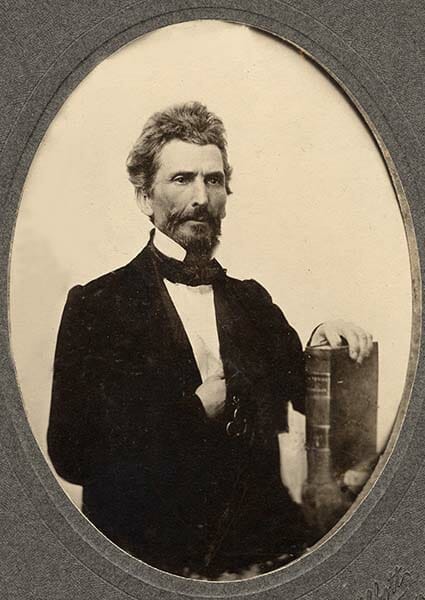 Jefferson Buford
The Regency was most active in the first half of the 1850s and vigorously backed several state’s-rights candidates for statewide and national political office; the group also worked to shape public opinion in favor of secession as a political weapon. Perhaps the most controversial action taken by any of the Regency’s members took place in 1856 during the national debate over the Kansas-Nebraska Act. A flashpoint during the sectional crisis of the 1850s, the act organized the Kansas and Nebraska territories and opened them to settlement but left the status of slavery to be decided by the inhabitants of the region at a later date. Outraged at the possibility that slavery might be outlawed in the territories, Regency member Jefferson Buford and several associates launched an effort to underwrite the costs of moving hundreds of pro-slavery settlers to the area. Although the plan ultimately failed, the attempt brought the Regency to national attention. The high point of the Regency’s influence on Alabama politics came in August 1861 with the election of one of its members, John Gill Shorter, as governor of Alabama. Shorter served one two-year term but was defeated in his bid for reelection in 1863.
Jefferson Buford
The Regency was most active in the first half of the 1850s and vigorously backed several state’s-rights candidates for statewide and national political office; the group also worked to shape public opinion in favor of secession as a political weapon. Perhaps the most controversial action taken by any of the Regency’s members took place in 1856 during the national debate over the Kansas-Nebraska Act. A flashpoint during the sectional crisis of the 1850s, the act organized the Kansas and Nebraska territories and opened them to settlement but left the status of slavery to be decided by the inhabitants of the region at a later date. Outraged at the possibility that slavery might be outlawed in the territories, Regency member Jefferson Buford and several associates launched an effort to underwrite the costs of moving hundreds of pro-slavery settlers to the area. Although the plan ultimately failed, the attempt brought the Regency to national attention. The high point of the Regency’s influence on Alabama politics came in August 1861 with the election of one of its members, John Gill Shorter, as governor of Alabama. Shorter served one two-year term but was defeated in his bid for reelection in 1863.
Most of the members of the Regency remained in Barbour County after the Civil War and continued their professional careers. For the most part, they retained their positions as prominent and respected civic leaders whose pre-war activism made them local legends. The Regency is remembered today as among the most influential secessionist factions to have operated in the South.
The exact origin of the Regency’s name remains unclear. The term “Eufaula Regency” made its first appearance in the historiography of the secession movement with the publication of Lewy Dorman’s Party Politics in Alabama From 1850-1860 in 1935. He also mentioned the group in his history of Barbour County, which was completed in 1932 but not published until 2006. Dorman wrote that the group was referred to in newspapers of the time disparagingly as the “Eufaula Regency” because it presumed to speak for all of Barbour County, but he did not cite a specific source. No subsequent historian who has written on the topic has located a specific source for the name either. Its inspiration is probably connected most directly to the “Montgomery Regency” faction of the Alabama Democratic Party of the 1840s but likely can be traced further back to the “Albany Regency” of 1820s and 1830s in New York politics, which operated in support of future president Martin Van Buren.
Additional Resources
Bunn, Mike. The Eufaula Regency: Alabama’s Most Celebrated Secessionist Faction. Eufaula: Eufaula Heritage Association, 2009.
Dorman, Lewy. Party Politics in Alabama From 1850 Through 1860. Tuscaloosa: University of Alabama Press, 1995.
Thornton, J. Mills, III. Politics and Power in a Slave Society: Alabama, 1800-1860. Baton Rouge: Louisiana State University Press, 1978.
